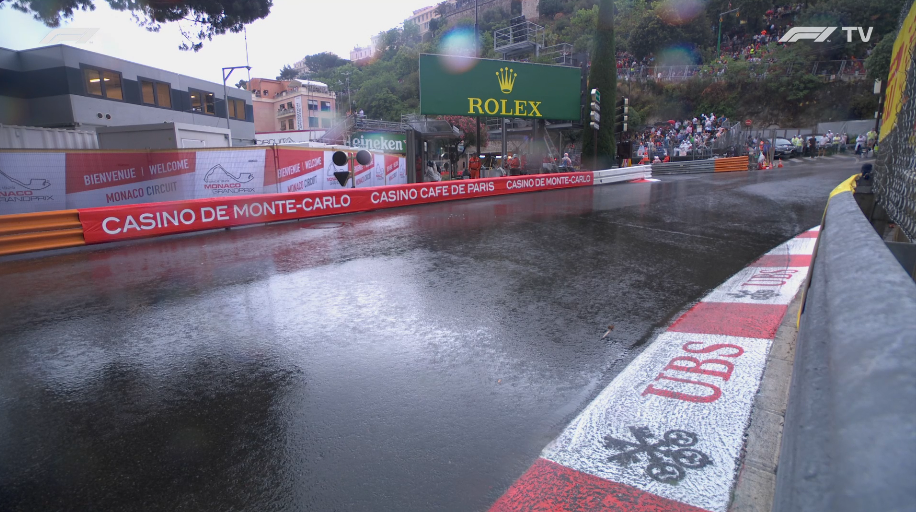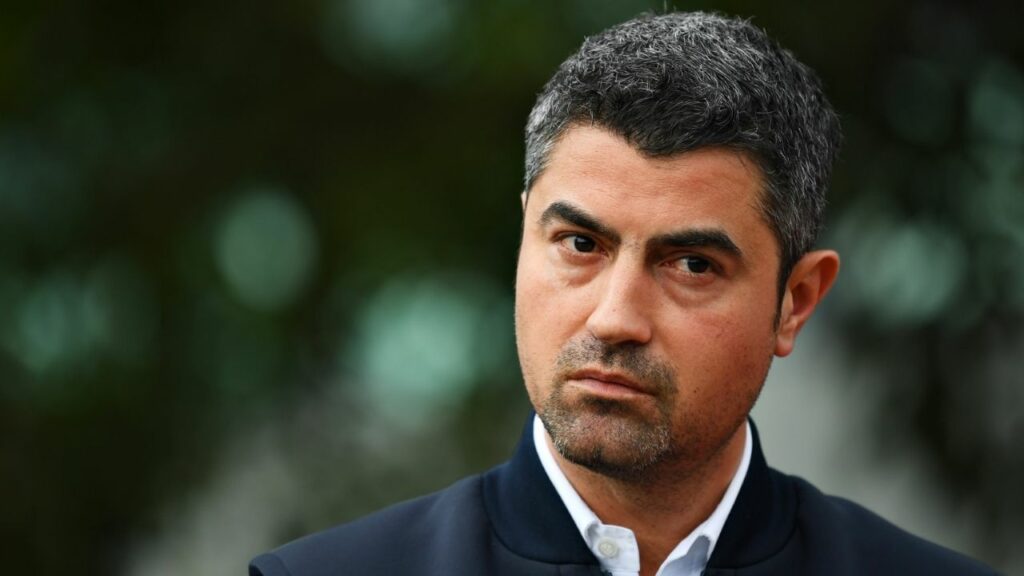he Monaco Formula 1 Grand Prix testified that the International Automobile Federation seems just as lost as in 2021, even with changes in its structure. Processes, protocols, inconsistent decisions: everything needs to be reviewed

Ferrari and the FIA (International Automobile Federation) competed to see who could get in the way more during the Monaco GP weekend. The dispute was good, and it says a lot that, even with all the mistakes made by the Italian team on the streets of Monte Carlo, the regulatory body got the better of the fight.
The big truth is that the race management in Monaco, headed by Eduardo Freitas, made a real fool of itself. The decision not to race in the deluge that fell in Monaco shortly after the start was the right one, of course - the safety of everyone involved in the event always comes first. But how to explain the postponement of the race? At the time the cars were scheduled to start from the grid, at 10 a.m. (GMT -3), the conditions were not exactly terrible. It was possible to start.

What we saw, instead of action on the track, was a tremendous rush. The entity's justification was that heavy rain was already predicted, therefore the postponement. Even though the deluge had indeed arrived, there were no guarantees that it would occur. Based on this precept, all races will start with this 'back foot' - after all, you can never be sure how the weather will behave. Meteorology is not a 100% accurate science.
The stewards then decided that the start would take place with the safety-car on track and forced all cars to go out on blue, heavy rain tires. Indirectly, the FIA allowed teams to recalculate their course regarding compounds. Mistaken in the choice of tires? What used to be a problem for the team, has become an opportunity for adjustment granted by the regulating body.
The message that the entity sent was clear: press, fans, and drivers can stop cheering for the rain. Disregard the climatic element. Cheering for a deluge, for a change in the grid, for a 'shake-up' in the driver order - it's all part of the nature of Formula One. The mess in Monaco made the FIA take such factors out of the picture. The justification was also that the teams were "taken by surprise" by the weather change and that this was a risk, since the rain did not fall until Sunday. So it would be the start of Formula One in the dry? Can we let Pirelli know that intermediate and heavy rain tires are no longer needed?

As if it wasn't enough to 'rob' everyone watching the race of the chance to have a strategic race at the start - which, in a circuit that hardly allows overtaking, as in Monaco, would be extremely important - the FIA decided to complicate itself during the race.
After an impressive one hour and five minutes of stoppage, we finally had cars on the circuit. Pit lane exits aside - hello Red Bull - the main FIA controversy happened on lap 26. It was when Mick Schumacher once again showed his lack of connection with street circuits and crashed. The accident was very strong, and the German driver's car was broken in two.

To repeat: Schumacher's Haas broke in two. What was the logical action of the race direction? To activate the virtual safety-car and then, after a few moments, to bring out the red flag - in a situation where it was clear that the race had to be stopped as soon as possible.
Not only for the safety of all involved - Schumacher, it should be noted, is fine - but because it was a clear red flag occasion. Even if the car broken in two was not on the line of the track, the soft-wall barrier would need to be restructured. This episode - and others of its kind, which have often happened during the season - highlights not only the need for accelerated processes and revised protocols, but also the inconsistency of FIA decisions.

This is because, on Saturday, Yuki Tsunoda scraped the wall in the final part of qualifying Q1, which caused a flat tire. The Japanese AlphaTauri driver was able to go to the pits without any further problems, but the authority still ordered a red flag regime. There was no need.
The scenario was one of change at the FIA after Michael Masi's mistakes. The expectation, with the arrival of Eduardo Freitas and Niels Wittich, was that Formula One would finally see a regulatory body capable of correctly regulating races. What we see so far, however, is the opposite. The Monaco GP should not be forgotten.
It is necessary that, internally, the entity thinks that May 29, 2022 was the day of the yellow light for the current race management. Starting, stopping, and resuming a race needs to be a more accelerated procedure. The protocols are not flexible enough and allow for long delays in small windows of opportunity. There is room for improvement - a lot. It remains to be seen whether the homework will be done.